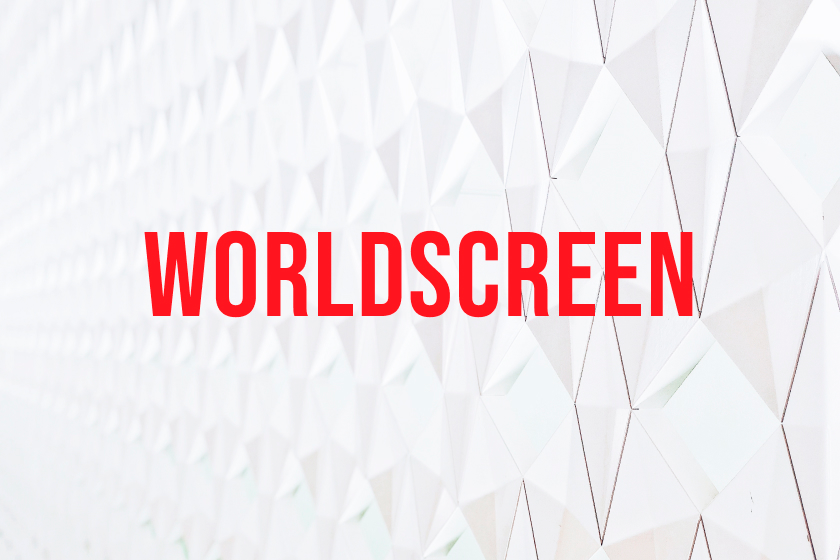LOS ANGELES: DEFY Media’s fourth-annual survey of the media habits of 13- to 24-year-olds has found that they spend 12.1 hours weekly watching video on social and free online sources, ahead of subscription streaming services at 8.8 hours and cable/satellite TV at 8.2 hours.
The ACUMEN Report: Youth Video Diet was conducted in partnership with Kelton Global and Hunter Qualitative. It sought to discover where 13- to 24-year-olds are watching, what they’re willing to pay for, and what ads they are willing to watch. The survey found that 65 percent of respondents watch video before school or work, and 67 percent watch while falling asleep.
“Since last year’s report, the industry has experienced an explosion of new video platforms which increase the total addressable market for video viewing but also raise competition for the coveted attention of young viewers,” commented Andy Tu, DEFY Media’s executive VP of marketing. “The findings prove younger audiences’ increasing appetite for digital video that’s satisfying a diverse set of needs, and the importance of understanding preferences or risk being easily tuned out.”
YouTube is the most dominant platform, selected by 85 percent of respondents as their number one go-to, followed by Netflix (66 percent), television (62 percent) and Facebook (53 percent). When it comes to the sources they “can’t live without,” YouTube leads again at 67 percent, followed by Netflix at 51 percent and social media sources (Facebook, Instagram, Snapchat, Twitter and Tumblr) at 48 percent. Only 36 percent chose TV as the source they couldn’t live without. For younger viewers ages 13 to 18, their next “must-have” is Vine. For the 19 to 24 set it’s Hulu and Blu-ray/DVD.
Of those surveyed, 38 percent don’t have a cable or satellite box, and economics is not the only consideration. While 40 percent said there were cheaper options to a pay-TV subscription, 24 percent were not interested in the content offered by TV. And of those that can afford it, 20 percent say the cost is not worthwhile. For those living with parents who foot the bill, just 56 percent said they would subscribe to cable or satellite once financially independent, as compared with 86 percent who would get their own Netflix account. This demo is also paying for sports apps (48 percent), Amazon (50 percent), Hulu (55 percent) and HBO and Showtime apps (56 percent).

